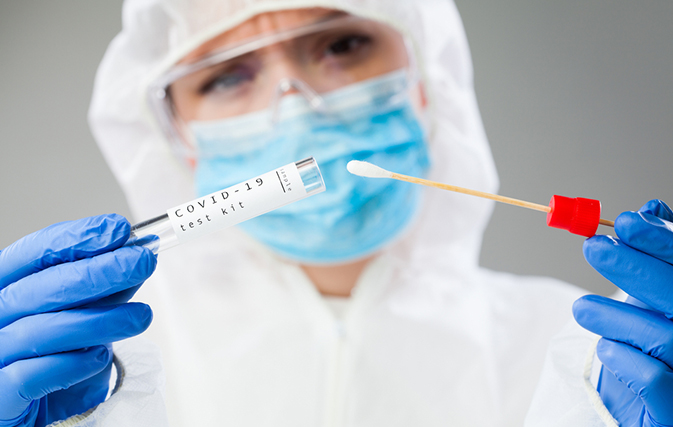TORONTO — In-destination PCR testing will no doubt ramp up exponentially now that one of the biggest travel markets in the world – the U.S. – is following the lead of other countries including Canada in mandating pre-arrival negative COVID-19 tests for air passengers.
The Centers for Disease Control and Prevention (CDC) made the announcement Jan. 12, with the new rule taking effect Jan. 26.
While the new rule will improve the prospects for in-destination COVID-19 testing, as destinations work to make it possible for Americans to travel, in the short term U.S. travellers may experience the same chaotic scramble that Canadian travellers, agents and suppliers did to find clinics that can turn around PCR tests in the mandated 3-day window pre-arrival.
The Jan. 26 start date is at least more notice than the Canadian government gave Canadian travellers, who had just a week’s notice, with only a few exceptions.
Until now the relatively loose travel restrictions on American travellers, at least compared to countries like Canada, have been driving tourism at many destinations especially in Mexico and the Caribbean.
WHAT THE CDC SAID
Here’s the statement from the CDC:
The Centers for Disease Control and Prevention is expanding the requirement for a negative COVID-19 test to all air passengers entering the United States.
Testing before and after travel is a critical layer to slow the introduction and spread of COVID-19. This strategy is consistent with the current phase of the pandemic and more efficiently protects the health of Americans.
Variants of the SARS-CoV-2 virus continue to emerge in countries around the world, and there is evidence of increased transmissibility of some of these variants. With the U.S. already in surge status, the testing requirement for air passengers will help slow the spread of the virus as we work to vaccinate the American public.
Before departure to the United States, a required test, combined with the CDC recommendations to get tested again 3-5 days after arrival and stay home for 7 days post-travel, will help slow the spread of COVID-19 within US communities from travel-related infections.
Pre-departure testing with results known and acted upon before travel begins will help identify infected travellers before they board airplanes.
Air passengers are required to get a viral test (a test for current infection) within the 3 days before their flight to the U.S. departs, and provide written documentation of their laboratory test result (paper or electronic copy) to the airline or provide documentation of having recovered from COVID-19.
Airlines must confirm the negative test result for all passengers or documentation of recovery before they board. If a passenger does not provide documentation of a negative test or recovery, or chooses not to take a test, the airline must deny boarding to the passenger.
“Testing does not eliminate all risk,” says CDC Director Robert R. Redfield, MD, “but when combined with a period of staying at home and everyday precautions like wearing masks and social distancing, it can make travel safer, healthier, and more responsible by reducing spread on planes, in airports, and at destinations.”
STATEMENT FROM THE U.S. TRAVEL ASSOCIATION (U.S.T.A.)
Tori Emerson, Executive Vice President of Public Affairs and Policy for the U.S. Travel Association (U.S.T.A.) issued a statement following the announcement from the CDC.
“We appreciate the Centers for Disease Control and Prevention’s announcement of a COVID-19 testing requirement for inbound international travellers,” said Emerson.
“A testing requirement provides yet another layer of safety for international travel, and should be accompanied by other risk-based policies – including lifting international inbound travel restrictions and dropping any post-arrival quarantine requirements.
“With an international testing requirement in place, international visitors and returning residents would be tested at much higher rates than the general public and pose a much lower risk of transmitting the disease. So it would make sense to lift international travel restrictions and quarantine requirements at the same time.
“With a risk-based, layered approach to health and safety throughout every aspect of travel, it’s possible to both protect public health and allow travel to safely resume.”

